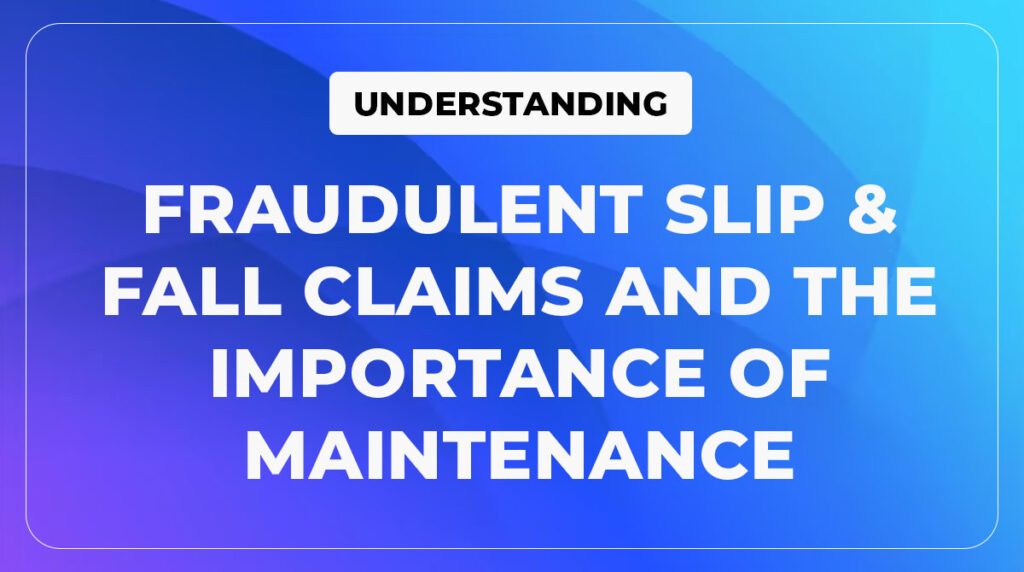- Condominiums
Understanding the Assessment of Condominium Building Risks
Published:
- July 6, 2023
Let’s look at some of the factors that insurance companies look at when assessing a risk.
Commercial condominium buildings are an integral part of the real estate landscape, housing tenants, a variety of businesses and serving as hubs for economic activity. Insurance coverage plays a crucial role in protecting these valuable assets from potential risks and uncertainties. To ensure appropriate coverage and pricing, insurance companies employ a comprehensive assessment process to evaluate the risks associated with insuring condominium buildings.
Let’s take a look at some key factors and considerations that insurance companies take into account when assessing a condo building.
Let’s take a look at some key factors and considerations that insurance companies take into account when assessing a condo building.
1. Building Construction and Occupancy
The construction materials, age, and overall condition of the building are significant factors in determining risk. Insurance companies assess the building’s structural integrity, including its resistance to fire, storms, and other potential hazards. They also evaluate the occupancy type and use of the condominium units, as certain businesses or industries may present higher risks than others. For example, a building housing a restaurant with a commercial kitchen may face greater fire hazards compared to an office space.
2. Location and Surrounding Environment
The geographical location of a condominium building is a critical aspect of risk assessment. Insurance companies consider factors such as local weather patterns, proximity to bodies of water, earthquake-prone areas, and crime rates in the vicinity. Areas prone to natural disasters or with a high crime rate may lead to increased insurance premiums due to the higher likelihood of claims.
3. Security and Safety Measures
Insurance companies evaluate the security and safety measures implemented within the building. This includes assessing the presence of sprinkler systems, smoke detectors, security cameras, alarm systems, and access controls. Buildings equipped with robust security and safety features are often viewed more favorable by insurers, as they can help mitigate potential losses and damages.
4. Claims History and Loss Control Measures
The past claims history of a condominium building provides valuable insights into its risk profile. Insurance companies review the frequency and severity of previous insurance claims, as well as the effectiveness of loss control measures implemented by the building management or owners. A history of frequent claims may raise concerns and impact insurance coverage availability and pricing.
5. Building Valuation and Replacement Costs
Insurers consider the valuation and replacement cost of the building when assessing the risk. Accurate valuation is essential to ensure adequate coverage in the event of a loss. Insurance companies may engage independent appraisers to determine the building’s value and its replacement cost, taking into account factors such as construction costs, materials, and local market conditions.
6. Compliance with Building Codes and Regulations
Adherence to building codes and regulations is crucial for risk assessment. Insurance companies review whether the condominium building meets current safety standards and complies with local building codes. Non-compliance may increase the risk exposure and affect insurance coverage terms.
7. Liability Considerations
Condominiums may face liability risks, including slip and fall accidents, property damage claims, or allegations of negligence. Insurance companies evaluate the potential liability exposures associated with the building and its occupants. Factors such as the presence of common areas, maintenance practices, and the availability of liability insurance coverage for individual unit owners are taken into account.
Commercial insurance companies employ a thorough assessment process to evaluate the risks associated with insuring condominium buildings. By considering factors such as building construction, location, security measures, claim history, and compliance with regulations, insurers can accurately assess the risk profile and determine appropriate coverage and pricing. This rigorous evaluation process helps safeguard condominium buildings and provides pease of mind to building owners and occupants alike.





